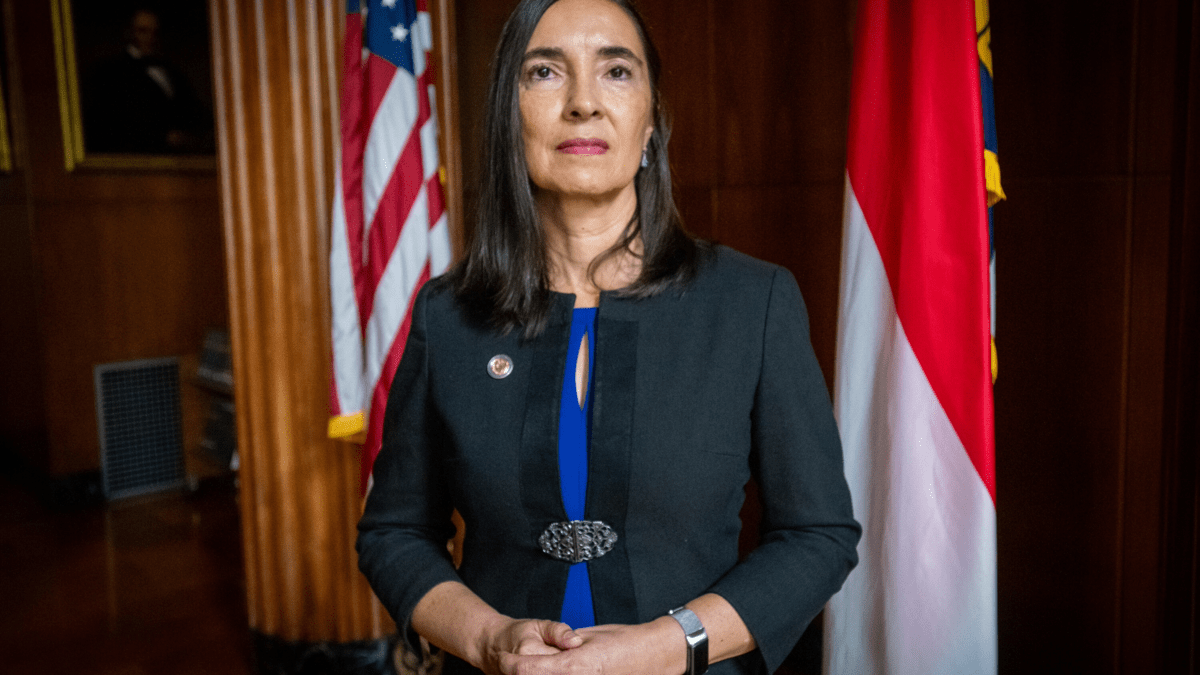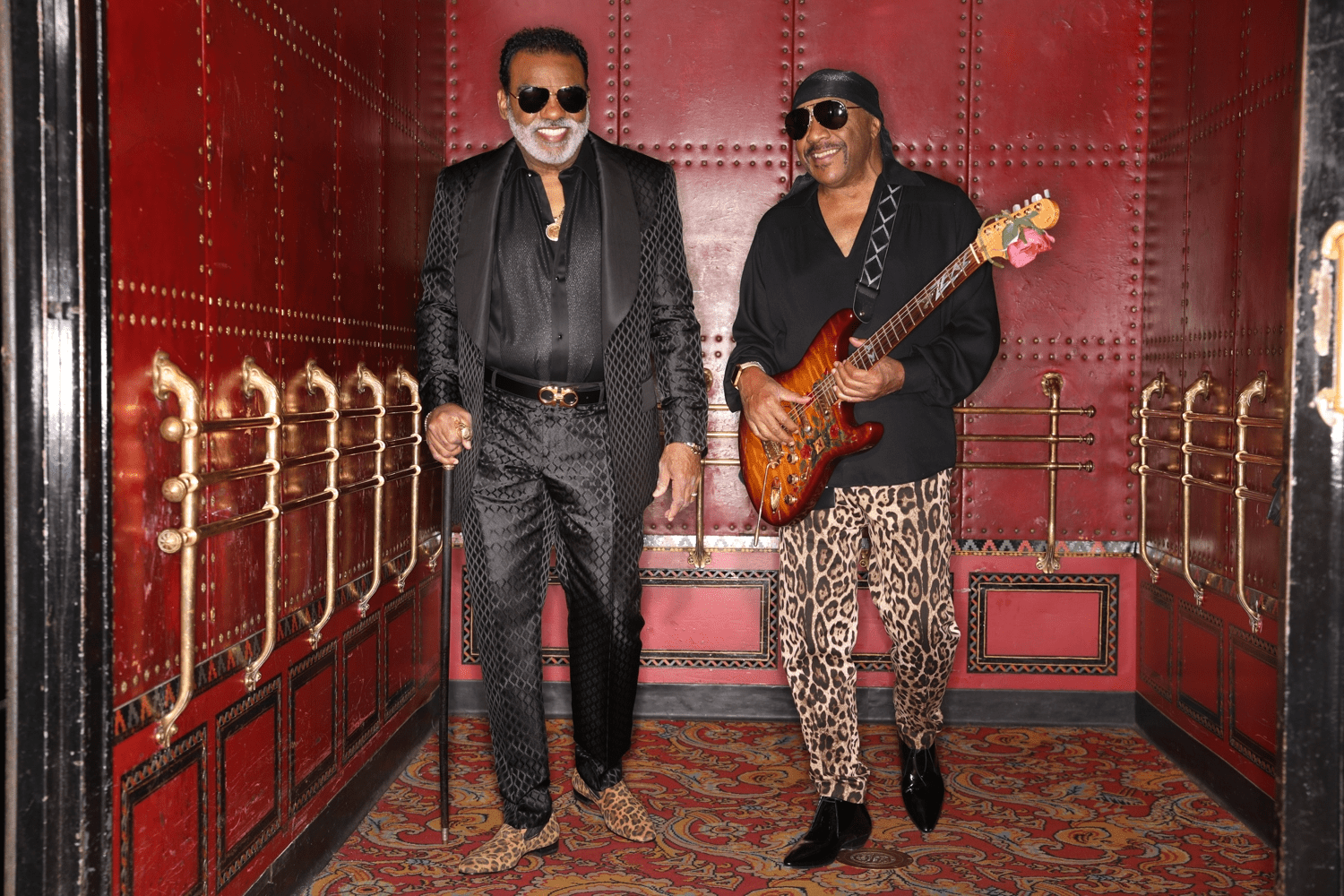Social Media and the Rise of Hate Culture: A Deep Dive into Digital Darkness
Digital Darkness: How Social Media Fuels the Flames of Hate Culture
Social Media and the Surge of Hate Culture: A Deep Dive into Digital Darkness
In an era marked by rapid technological advancements, the advent of social media has fundamentally reshaped our global communication landscape. Platforms like Facebook, Twitter, and Instagram have ushered in an era of unprecedented connectivity, collapsing geographical and cultural boundaries. They've democratized access to information, spotlighted social justice movements, and given marginalized communities a voice. However, lurking beneath these achievements is a much more malignant phenomenon: the insidious rise of hate culture.
Historical Perspective: From Forums to Mainstream
Decades ago, hateful ideologies, extremist viewpoints, and prejudiced discussions were primarily contained within niche forums, hidden chat rooms, or specific websites on the deep web. The broader public remained blissfully unaware, or at the very least, untouched. But today's reality is starkly different. Mainstream social media platforms have become fertile grounds for these toxic beliefs, granting them far-reaching visibility and inadvertently normalizing them.
The Algorithmic Hand in Echo Chambers
One of the foundational pillars of social media is its algorithmic functioning. These algorithms are designed for a simple goal: keep users engaged for as long as possible. Content that elicits strong reactions, be it positive or negative, often gets priority. Consequently, divisive, sensational, or outright hateful posts get amplified. Users then get trapped in 'echo chambers' – spaces where they're constantly fed information mirroring their existing beliefs. This continuous reinforcement not only deepens their convictions but also distances them from diverse or opposing viewpoints, entrenching societal divides.
Anonymity: The Digital Mask of Hate
The internet offers users a cloak of anonymity, allowing many to dissociate from their real-world identities. This perceived detachment emboldens individuals to express radical, hateful, or extremist views without fearing tangible consequences. This lack of accountability fosters a culture where cyberbullying, doxing, and targeted harassment campaigns can thrive, often with devastating consequences for the victims.
Tangible Outcomes: When Online Hate Spills Over
Digital hate isn't an isolated online phenomenon. It has real, palpable impacts on our offline world. Whether it's influencing democratic processes like elections, or radicalizing individuals towards extremist actions, the aftermath of unchecked online hate is being felt globally. Numerous incidents, including hate crimes and terror attacks, have perpetrators who were confirmed to be radicalized or influenced by online extremist content.
Platform Responsibility: A Call to Action
The exponential growth of hate culture and its catastrophic real-world effects have placed the onus on social media platforms. There's a growing demand for these companies to actively intervene. While many platforms have indeed taken steps – such as updating community guidelines, improving reporting mechanisms, or investing in AI-driven content moderation tools – the challenge remains vast. Striking a balance between curbing hate speech and upholding freedom of expression is a delicate task.
User Empowerment: The Need for Digital Literacy
Platform-led interventions, though crucial, are only part of the solution. There's an urgent need to emphasize digital literacy and critical thinking among users. Awareness campaigns highlighting the perils of echo chambers, the significance of verifying information sources, and understanding the broader implications of online hate are essential. Empowered, informed users can act as the first line of defense, fostering healthier online interactions.
Future Implications and Proactive Measures
As we navigate forward, it's vital to recognize that social media's architecture, while revolutionary, is also susceptible to misuse. This calls for a multi-pronged approach, involving tech companies, policymakers, educators, and users. Collaborative efforts, such as international regulations on hate speech, tech innovations in content filtering, or global digital literacy initiatives, might be the way forward.
In Conclusion
The digital age, marked by the omnipresence of social media, brings with it both opportunities and threats. While we've been beneficiaries of a more connected world, we've also seen the shadows it casts. Addressing the rise of hate culture requires collective responsibility, continuous vigilance, and most importantly, the acknowledgment of the problem at hand. Only then can we hope to reclaim the positive potential of our interconnected world.







.png)
.png)
Comments